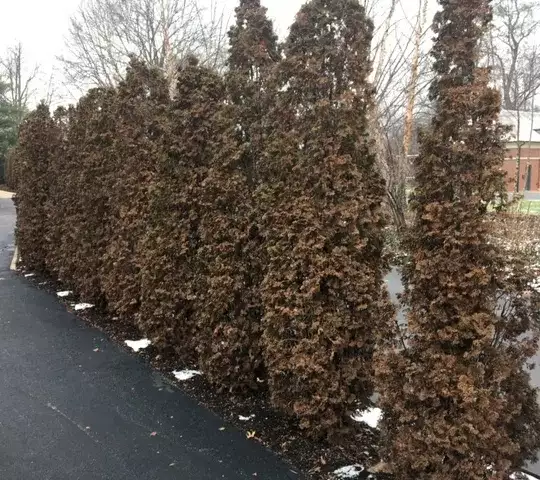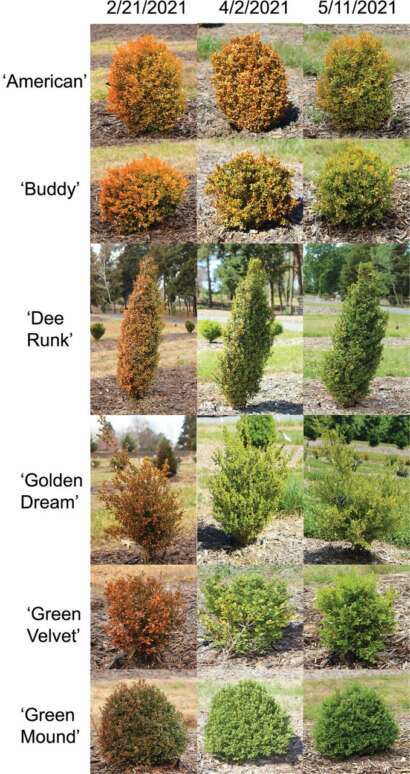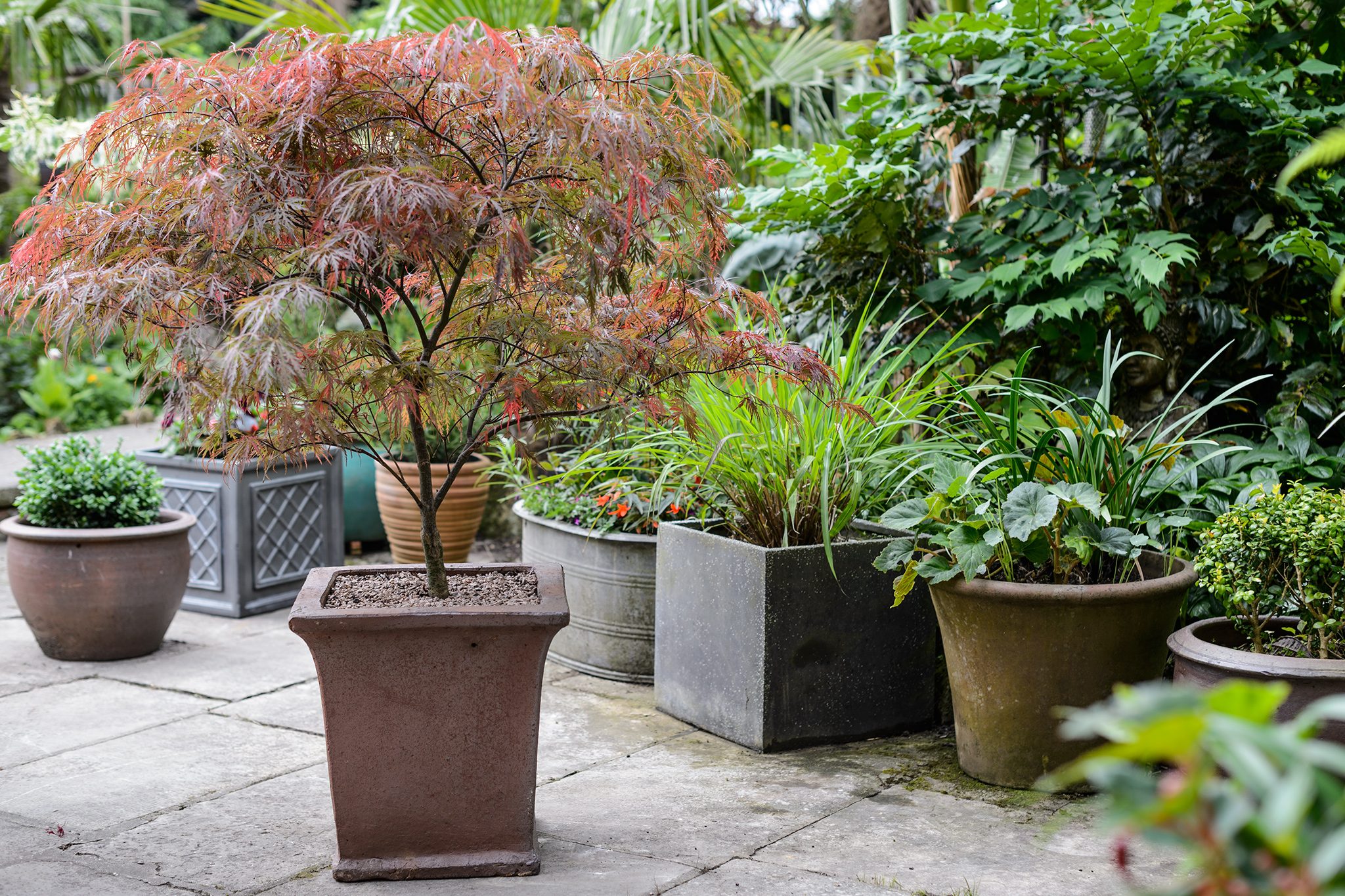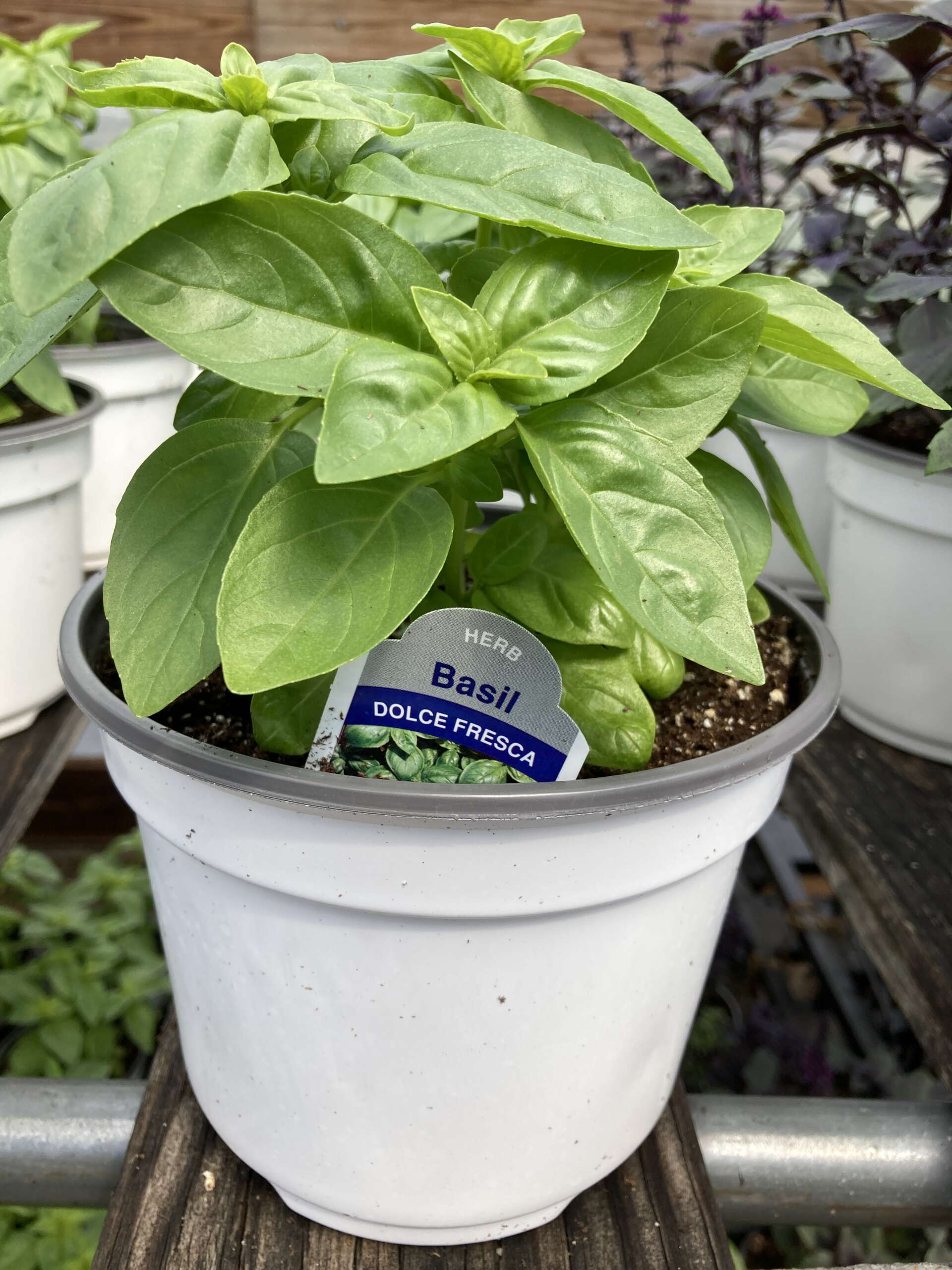
As we emerge from hibernation with spring just around the corner, many of us might notice some changes in our beloved plants, especially evergreens. You might see their leaves looking a bit bronzy or even brown. This phenomenon, often referred to as winter “burn,” is quite common and can be particularly noticeable on trees and shrubs like Arborvitae, Boxwood, and Camellia however it can happen to just about any evergreen.
The good news? Most shrubs are pretty resilient and will bounce back as soon as new growth begins in the spring. Sure, a few of those affected leaves might drop off, but that’s all part of the process, and your plants will likely thrive once again. In fact, evergreen trees and shrubs are constantly losing and replacing leaves. Pine trees, for example, will lose every needle over the course of about 3 years! Increased leaf drop occurs at select times of the year depending on the plant – Hollies tend to drop leaves in the spring as new leaves are emerging whereas Arborvitaes tend to shed in the late fall.
This winter has brought its fair share of colder temperatures and snow compared to last year, but thankfully, we haven’t faced any extremes that could cause serious harm to our trees and shrubs. That is assuming your plants are hardy for our zone (click here for a refresher on USDA hardiness zones).
So, if you spot some winter burn, take a deep breath. Your plants will soon be on their way to a fresh start when spring arrives! Below is a graphic from the International Society of Arboriculture showing the process of various varieties of Boxwood recovering from winter burn! Enjoy the beauty of the season, knowing that nature has a way of healing itself!




